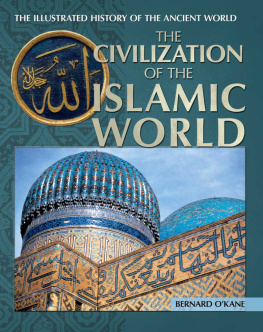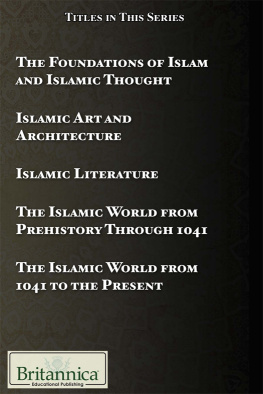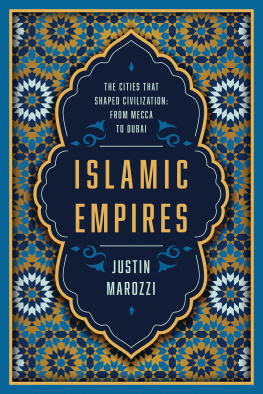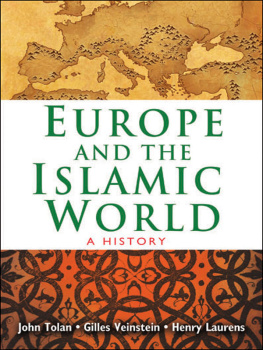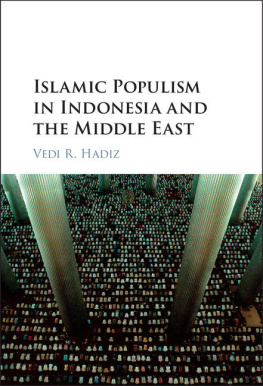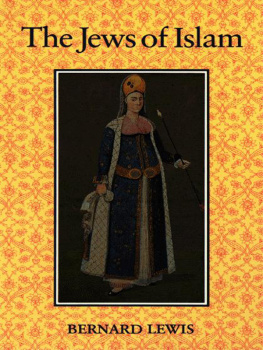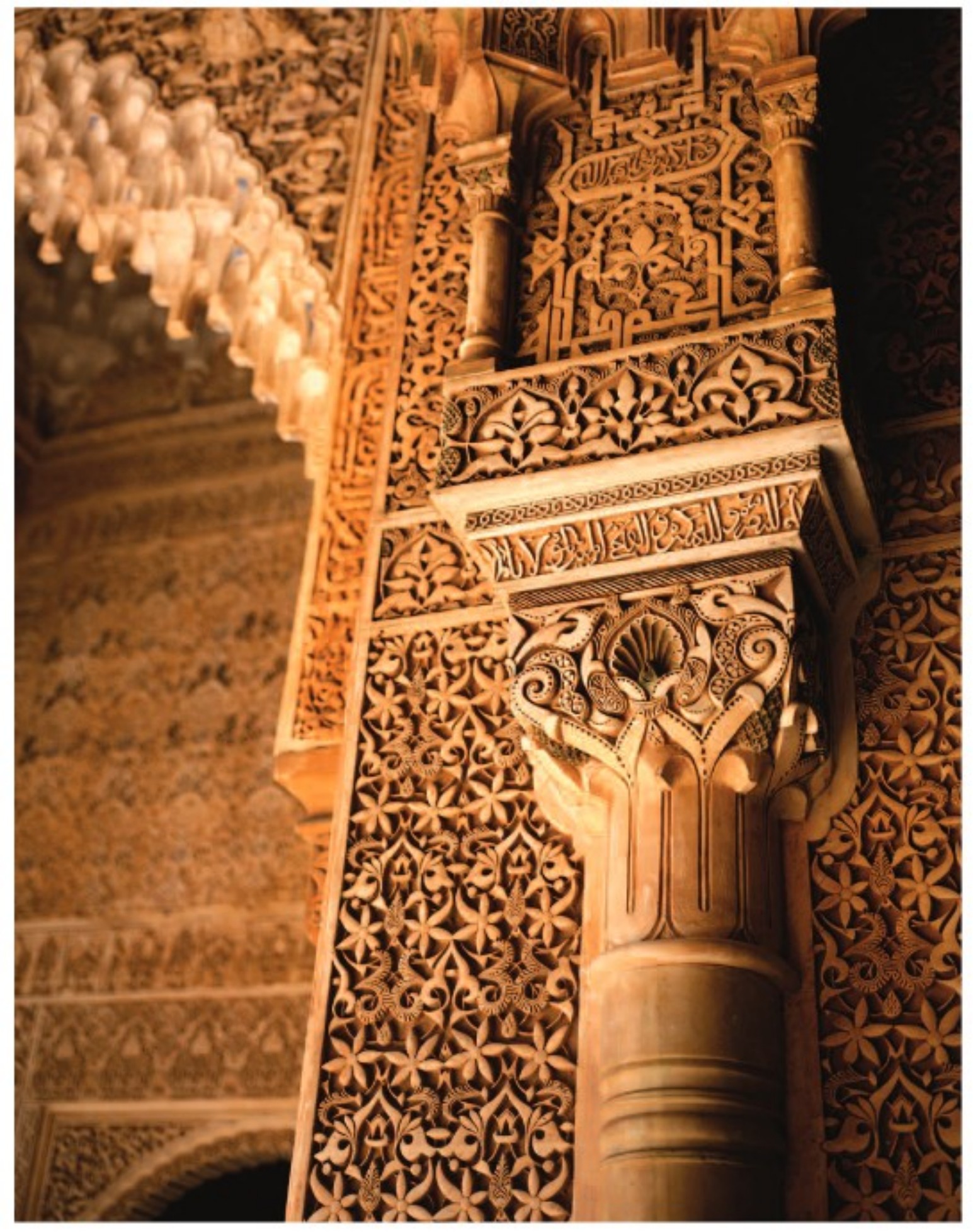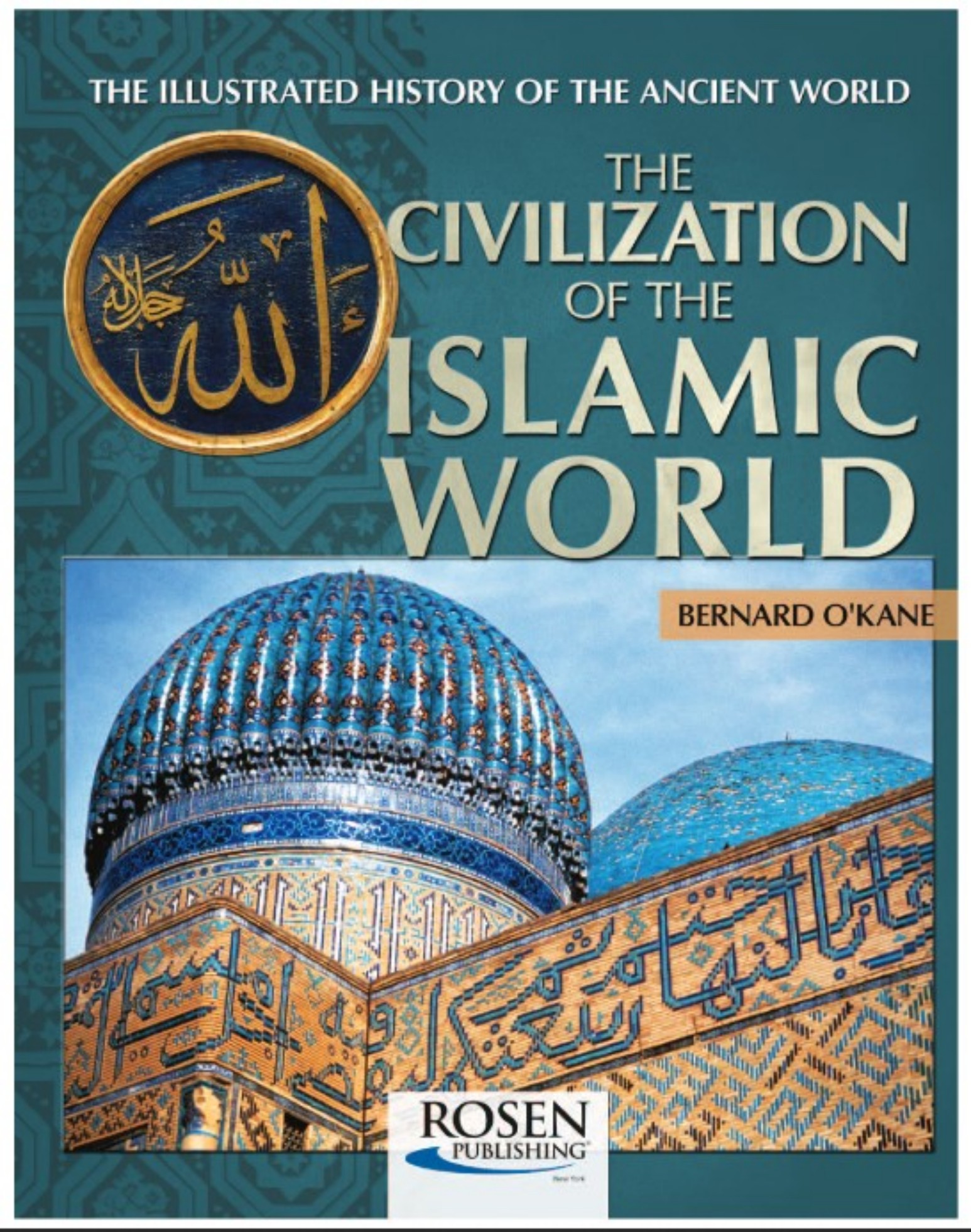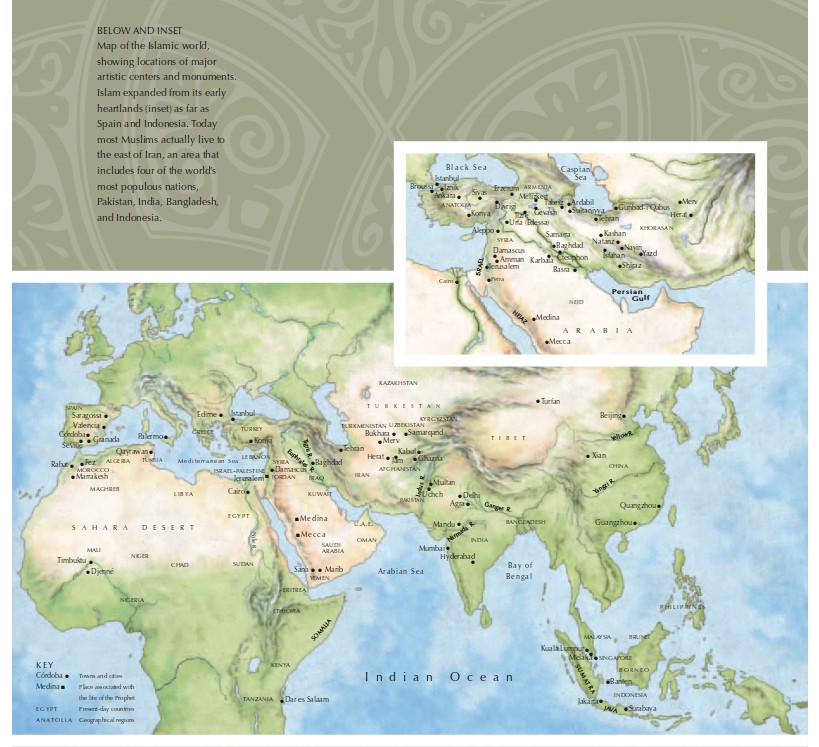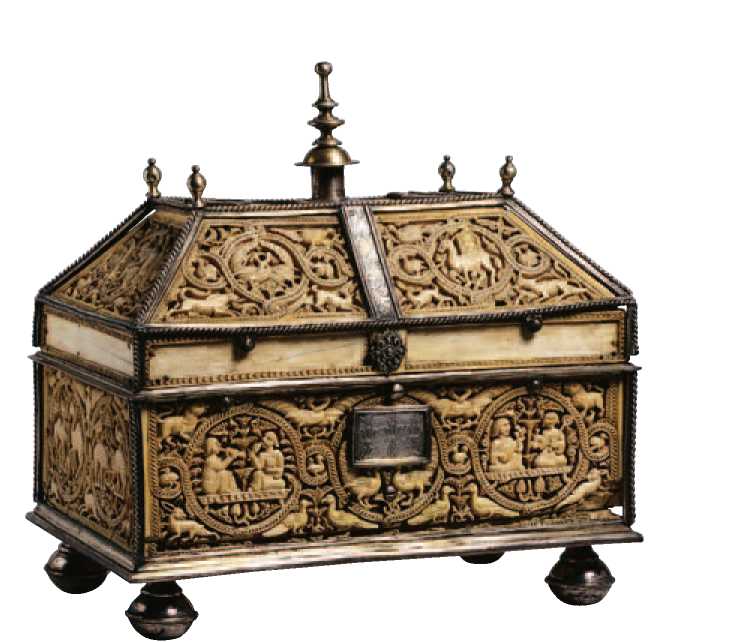This edition published in 2013 by:
The Rosen Publishing Group, Inc.
29 East 21st Street
New York, NY 10010
Additional end matter copyright 2013 by The Rosen Publishing Group, Inc.
All rights reserved. No part of this book may be reproduced in any form without permission in writing from the publisher, except by a reviewer.
Library of Congress Cataloging-in-Publication Data
O'Kane, Bernard.
The civilization of the Islamic world/Bernard O'Kane.
p. cm.(the illustrated history of the ancient world) Includes bibliographical references and index.
ISBN 978-1-4488-8503-9 (library binding)
1. Islamic civilization. 2. Islamic art. 3. Islamic architecture. I. Title.
DS36.85.O53 2013 909'.09767dc23
2012032340
Manufactured in the United States of America
CPSIA Compliance Information: Batch #W13YA: For further information, contact Rosen Publishing, New York, New York, at 1-800-237-9932.
Copyright Duncan Baird Publishers 2007
Text Copyright Bernard O'Kane 2007
Artwork copyright Duncan Baird Publishers 2007
(For copyright in the photographs see acknowledgment pages, which
are to be regarded as an extension of this copyright.)
Captions for pages 13
Page 1 : Underglaze-painted stonepaste ewer from Kashan, Iran. Seljuk period, early 13th century.
Page 2: Stucco decoration in the Court of the Lions, the Alhambra, Granada, Spain; second half of the 14th century.
Page 4: Decorative details from the Saadian necropolis, Marrakesh, Morocco. From top to bottom: a Kufic inscription in stucco; a reciprocal pattern of crenellations in tile mosaic; a naskhi inscription in sgraffito tiles; and a star pattern in tile mosaic. Late 16th century.
THE CRUCIBLE: THE AGE OF THE PROPHET
NO DEITY BUT GOD: THE FAITH OF SUBMISSION
INHERITORS OF BYZANTIUM: THE UMAYYAD CALIPHATE
SPECIAL FEATURE THE DOME OF THE ROCK:
A MYSTERIOUS MASTERPIECE
THE GOLDEN AGE: THE ABBASIDS
AND THEIR VASSALS
SHIISM TRIUMPHANT: THE FATIMID CALIPHATE
LORDS OF THE CITADEL: THE AYYUBIDS
SPECIAL FEATURE ILLUMINATING THE QURAN:
THE GLORIOUS WORD OF GOD
FROM SLAVES TO SULTANS: THE MAMLUKS
SPECIAL FEATURE SULTAN HASAN, CAIRO:
BUILDING TO IMPRESS
SPIRIT OF COEXISTENCE: THE UMAYYADS IN SPAIN
LORDS OF THE MAGHREB: ALMORAVIDS,
ALMOHADS, AND MARINIDS
IBERIAN TWILIGHT: THE NASRIDS IN SPAIN
SPECIAL FEATURE THE ALHAMBRA: LAST BASTION
OF MUSLIM SPAIN
MUD MOSQUES OF THE DESERT: SUB-SAHARAN AFRICA
IRAN FOR THE IRANIANS: THE SAMANIDS AND BUYIDS
IRAN FOR THE TURKS: THE GHAZNAVIDS AND SELJUKS
SPECIAL FEATURE SELJUK CERAMICS AND METALWORK:
RICHES OF THE EARTH HEIRS OF CHINGIS KHAN: THE COMING OF THE MONGOLS
SPECIAL FEATURE SIYAH QALAM: THE MASTER OF THE BLACK PEN
LORDS OF SAMARQAND: TIMUR AND HIS SUCCESSORS
SPECIAL FEATURE PERSIAN MANUSCRIPT
PAINTING: THE ART OF THE BOOK
THE SHAHS OF ISFAHAN: THE GLORIES OF SAFAVID IRAN
SPECIAL FEATURE ISFAHAN: THE SPLENDOR OF HALF THE WORLD
SULTANS OF RUM: THE SELJUKS IN ANATOLIA
IMPERIAL SPLENDOR: THE GLORIES OF THE OTTOMANS
SPECIAL FEATURE SELIMIYE MOSQUE:
SINANS ARCHITECTURAL PARADISE
ISLAM IN INDIA: THE DELHI SULTANATE
CONFLICT AND COEXISTENCE: THE MUGHALS
SPECIAL FEATURE THE TAJ MAHAL: IMPERIAL MONUMENT TO LOVE
A WIND IN THE EAST: ISLAM IN
CHINA AND SOUTHEAST ASIA
INTRODUCTION
ART AND FAITH
Islam originated one of the worlds great artistic traditions. It covers an enormous span of geography and time, from Spain to Indonesia and from the seventh century to the present. Islamic art is generally used to describe the art produced in this area, but the term is relatively recent, first used by European scholars in the late nineteenth century. The artists who created the examples in this book probably identified themselves as belonging to a particular city or perhaps a province, but none would have considered that they were making Islamic, or even Mamluk or Ottoman art.
Even in modern art historical parlance, Islamic art is used in a very different sense from Christian or Buddhist art. Unlike Christianity, which draws a distinction between art for religious and non-religious purposes, Islam purports to encompass all aspects of society, which is why the term has been applied to the entire artistic creations of the Islamic lands. As usual, however, practice differs from theory, and even in Islams first century, art was produced within a secular context that would be objectionable on strictly religious grounds. It would also be wrong to think of Islam over this vast period and area as a monolith: just as the modern theocracies of Iran and Saudi Arabia have different doctrinal interpretations, so earlier dynasties varied in the extent to which, for instance, they permitted figural images on mosques or madrasas.
But there are features shared within the whole of the Islamic realm. A tall tower will frequently beckon Muslims to a place of worship; beside it the mosque will probably be decorated in Arabic calligraphy displaying verses of the Quran. Domes, while not exclusive to Islam, are associated with many of its major monuments. Other common building forms rarely found except in Islamic monuments include iwans and muqarnas.
To most Westerners, mention of the Middle East conjures up images of sandy deserts. The reality can be very different, with rivers such as the Nile, Tigris and Euphrates supporting extensive agriculture. The plateau of Iran receives little rainfall and does incorporate two major deserts, but its 3,300-feet (1,000 m) altitude also makes it subject to winter snows. The dissimilarity of the Iranian climate to that of the Arabian peninsula may be one reason why, in comparison to other areas, Arabs in the early period may have settled there in smaller numbers. As a result Persian (albeit laden with Arabic loanwords) continues to be spoken by the majority of Iranians, unlike in Syria, Egypt and North Africa, where respectively Aramaic, Coptic and Berber were supplanted by Arabic.
BELOW
While not the landscape usually associated with Islamic lands, this snow-covered vista of the Tian Shan range in Kyrgyzstan, seen from the Alabel Pass at an altitude of 10,170 feet (3,100 m), is typical of many mountain ranges on the Silk Road between China and the Near East, an important route for the transmission of Islam.

